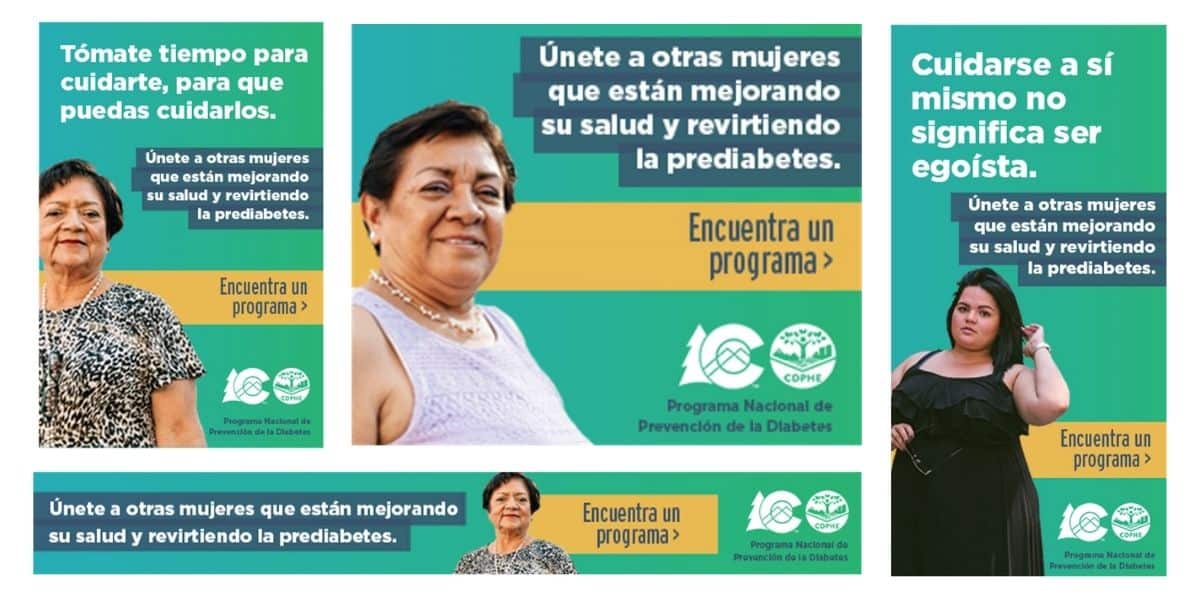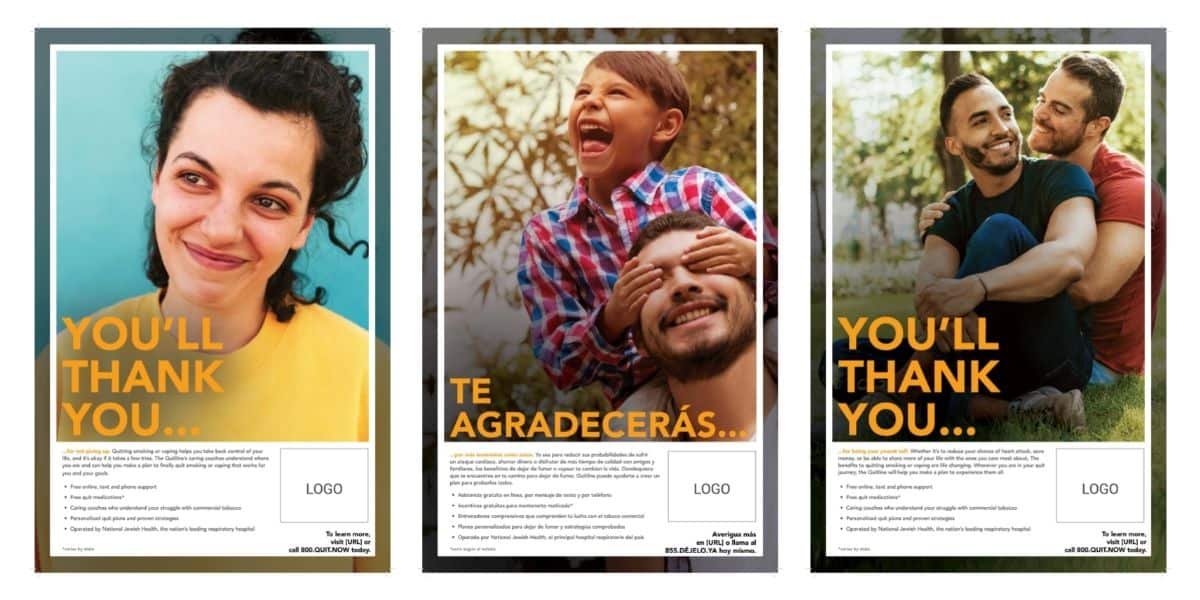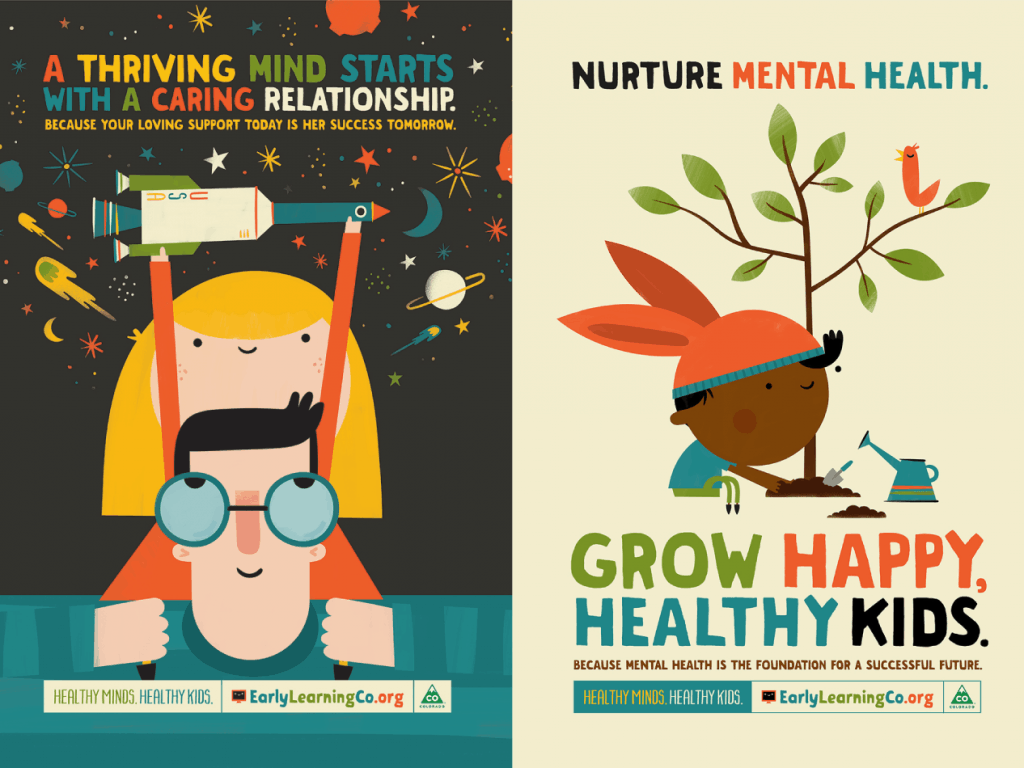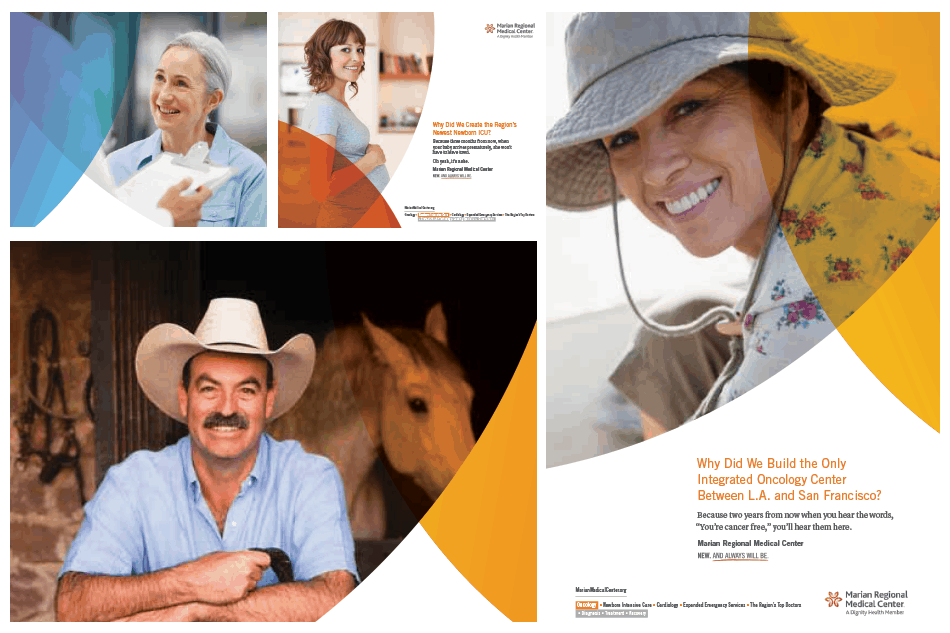
On a recent Friday morning, our team gathered, coffee in hand, for a video training from a panel of strategists at YouTube.
The training began with a single stage-setting fact: “Viewable and audible ads out-perform audible-only and viewable-only ads in every category…”
When it comes to capturing attention and inspiring action, we keep pace with the technologies and tools that allow our clients to reach people with messaging that matters.
More team takeaways about the potential of video storytelling to create change:
- Track Trends. Think With Google and YouTube Trends are tools designed to help marketers and organizations find and track market trends, as well as top video content in order to pull from current best practices
- Follow Your ABCDs. YouTube strategists have the same storytelling practices that people have used for centuries to effectively persuade their audiences. They call these the “ABCDs of Great Creative”: Attract, Brand, Connect and Direct. A compelling video (or other piece of content) should hook a user quickly, sustain interest through emotional connection, and give a clear call to action.
- Be Unskippable. The YouTube six-second bumper ad is a unique space for brands to tell quick stories. “Unskippable” ads have tight framing on the human face, bright and high-contrast visuals, a fast pace and compelling text.
- Get Analytical. YouTube Studio, the creator’s space for uploading videos and maintaining a channel, is also the place where video creators can see how well they keep viewers’ attention.
Here is a roundup of other industry best practices we’re tracking.
Senior Account Manager Krista Crouch:
Facebook is currently testing keyword snoozing — a new function that would allow users to snooze or mute keywords from their newsfeed and groups for 30 days. The feature is beneficial if you’re behind on your favorite show and don’t want a spoiler to hit you unexpectedly, or if you simply want to mute words that will keep your experience on Facebook more pleasant. Finally, a way to opt out of those baseball scores your relatives are constantly posting.
Editorial Strategist Katharine Brenton:
The U.S. population is getting older — and more diverse. Yet the perspectives of older Americans or people of color are rarely the ones elevated when it comes to mass communication campaigns. That is likely to change considering…
- In 2030, one in every five Americans will be retirement age
- By 2035, older adults will outnumber children for the first time in U.S. history
- By 2030, immigration will surpass natural population increase (the excess of births over deaths) as the primary driver of population growth
Content Strategist Allison Nipert:
If you aren’t using emojis yet, you’re in a small minority. A study found that 95 percent of internet users use emojis. Brandwatch’s recently released Emoji Report looks at how people have used emojis on Twitter over the past two years — and some of the insights could be helpful to your brand. By analyzing how your customers are using emojis, and incorporating emojis into your brand’s digital and social messaging, you could be reaching your audiences more effectively. And adding an element of whimsy to your content along the way.





